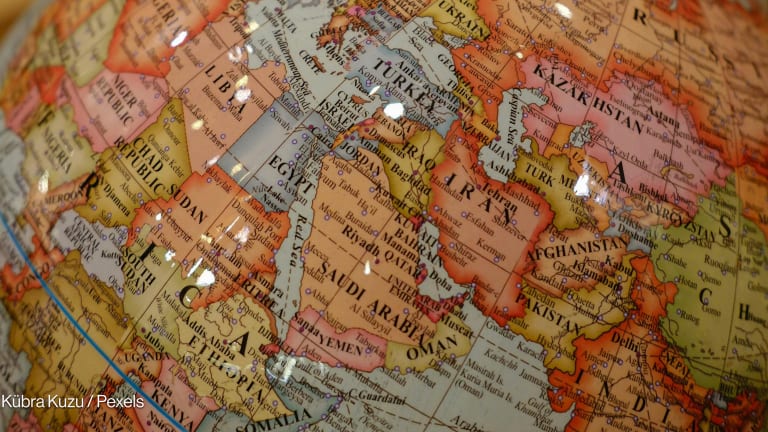
Many rapidly growing economies transition from low- to middle-income levels, but then get stuck and fail to make the jump to high-income.
Asia and Latin America have experienced this “middle-income trap,” but so far the expression hasn’t been used much in Africa. The reason is that, until recently, there was very little economic growth in sub-Saharan Africa: of the 37 countries that remained low-income from 1950 through 2000, 31 were in this region.
Now, the situation is very different. Since the turn of the century, most countries in Africa have been growing rapidly. Because they started from a very low base, few economies have made it to middle-income status, but more of these transitions are happening than ever before. Since 2005, 10 African countries have reached middle-income status, as compared with 9 between 1973 and 2000.
Are these countries vulnerable to the middle-income trap? Stagnation in middle-income status often happens when countries are too rich to compete with low-cost producers elsewhere, but too poor to invest in activities with higher value-added. While this is a concern for African countries making the transition to middle-income, we must look out for three other types of traps.
1. Dependency syndrome.
Countries can get stuck if they rely too much on the comparative advantages that brought them to middle-income status in the first place. For instance, high commodity prices and vast natural resource wealth have helped countries from Angola to Zambia to graduate to middle-income, but resource riches alone won’t guarantee further progress. More generally, relying on the productive structure that enabled the transition from low- to middle-income will require more and more investment to generate economic growth. If this investment just flows into the same, existing sectors, diminishing returns eventually kick-in, and growth slows down and can even stall. The only way to snap out of this dependency is for countries to diversify into new, sustainable, job-rich, productive sectors so as to transform the structure of their economies.
2. Blues syndrome.
As average national income grows, so do people’s expectations for better lives and greater respect for human rights and freedoms. This is particularly true where vertical and horizontal inequalities, which affect individuals and groups respectively, are high or increasing, as is the case in most middle-income African countries. For instance, economic and political inequality between women and men is a persistent and costly tragedy across Africa. These demands can only be met — and “the blues” avoided — if people are given opportunities for stronger economic, political, cultural and social inclusiveness.
3. Jekyll and Hyde syndrome.
Middle-income countries in Africa present two very different faces, depending on how development is measured. Yes, African economies are now much larger, but if we look at other development indicators, the situation is often dire. This isn’t just about economic disparities. Low levels of human development measured by the U.N. Development Program’s Human Development Index, which combines achievements in income, health and education, can persist in middle-income countries. This is especially true if income is removed from that measurement. The challenge here is not only to meet people’s aspirations, but also build an economy that is driven by educated and healthy people, with the skills needed to make the transition to high income.
African countries can avoid their own middle-income trap, but only through deliberate and determined policies to tackle these three syndromes.
They must diversify their economies to create more and better jobs, while building an environment in which development gains are broadly shared, and opening up space for political debate. UNDP has been working with governments, national and international partners to help countries in Africa make the right investments to avoid the middle-income trap.
Our new strategic plan for 2014-2017 provides a platform to help African economies escape the middle income trap by advancing structural economic transformation, enhancing economic, social, and political inclusiveness, and supporting investments in human development.
Join the Devex community and access more in-depth analysis, breaking news and business advice — and a host of other services — on international development, humanitarian aid and global health.








